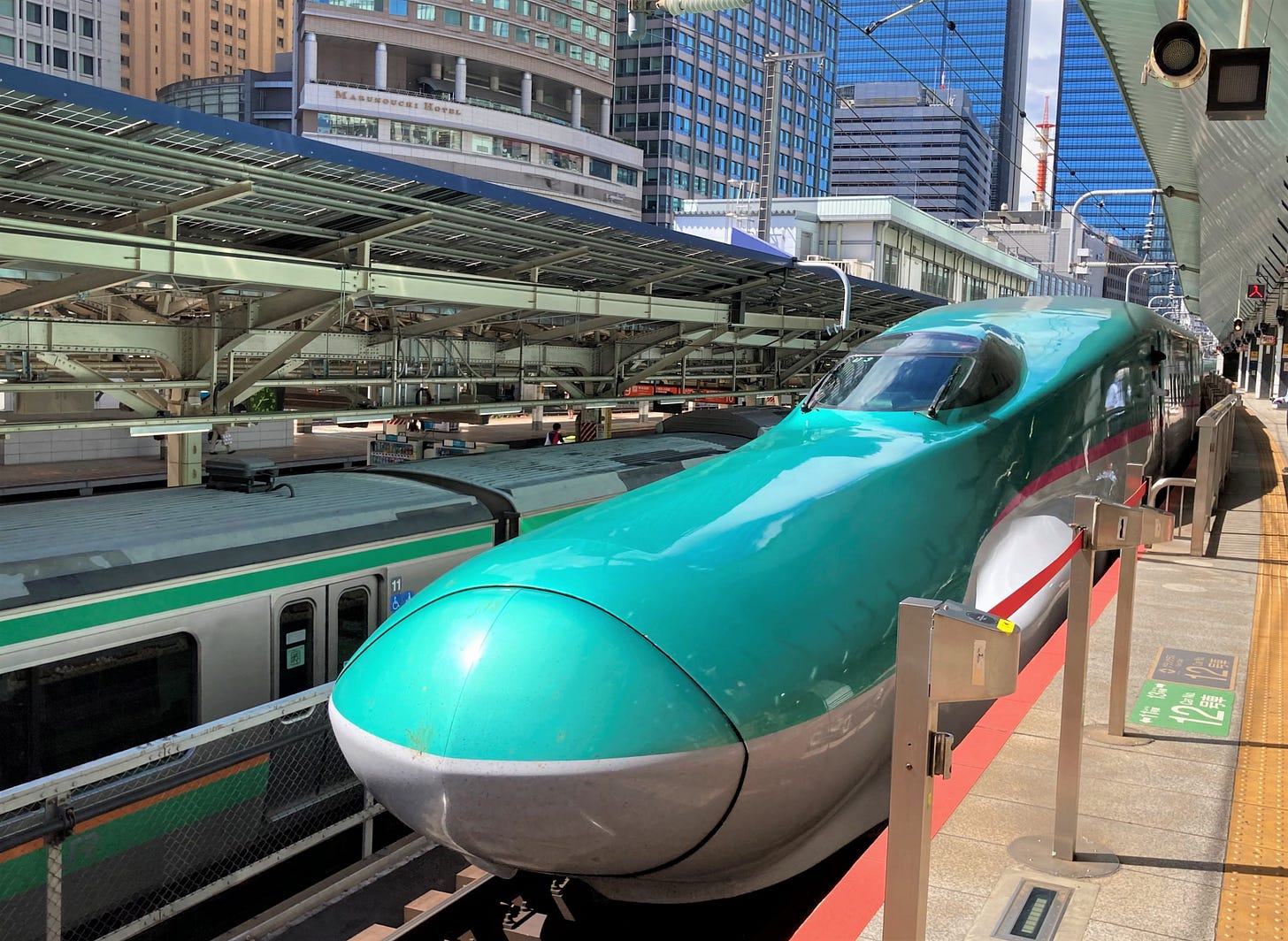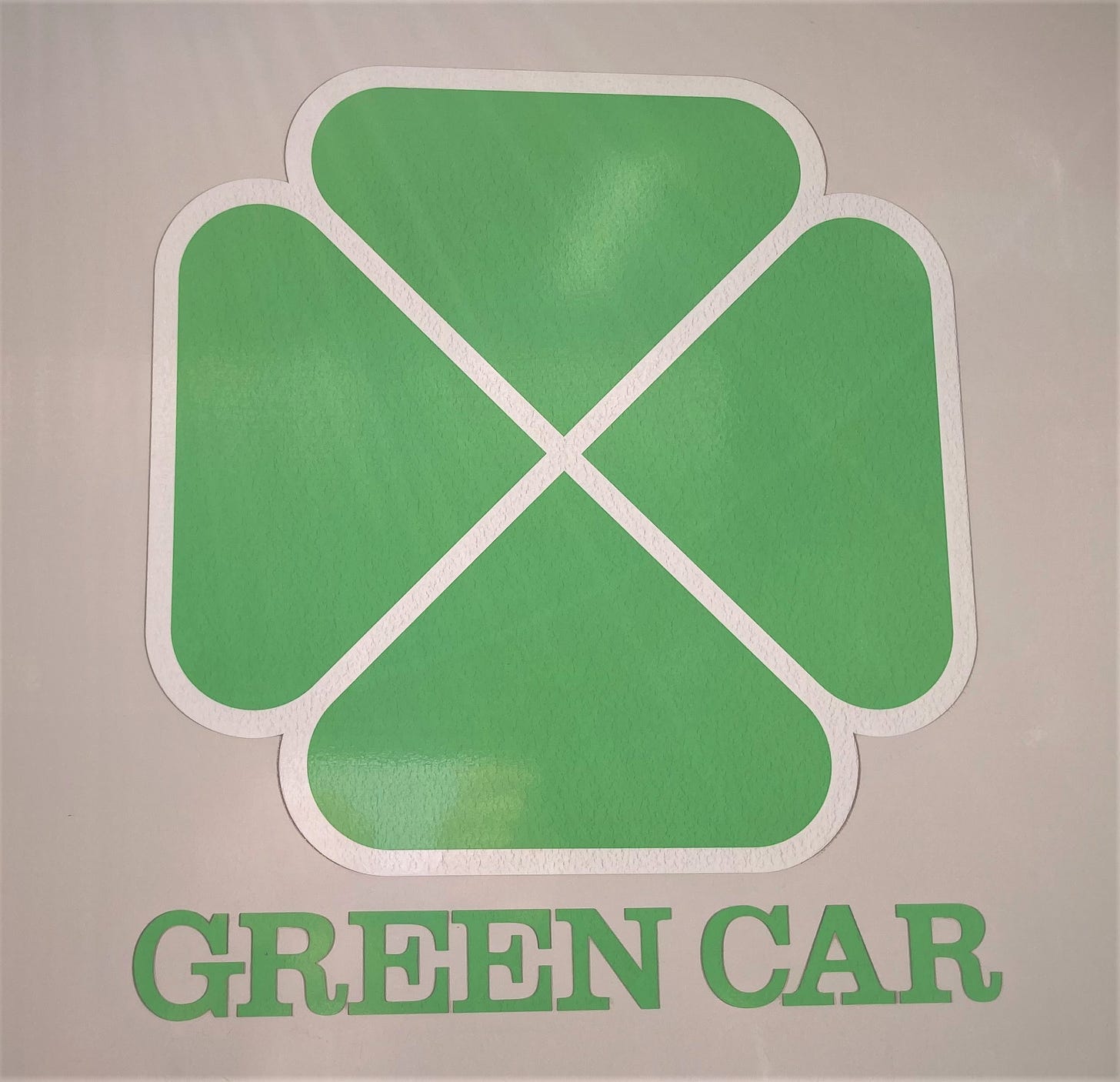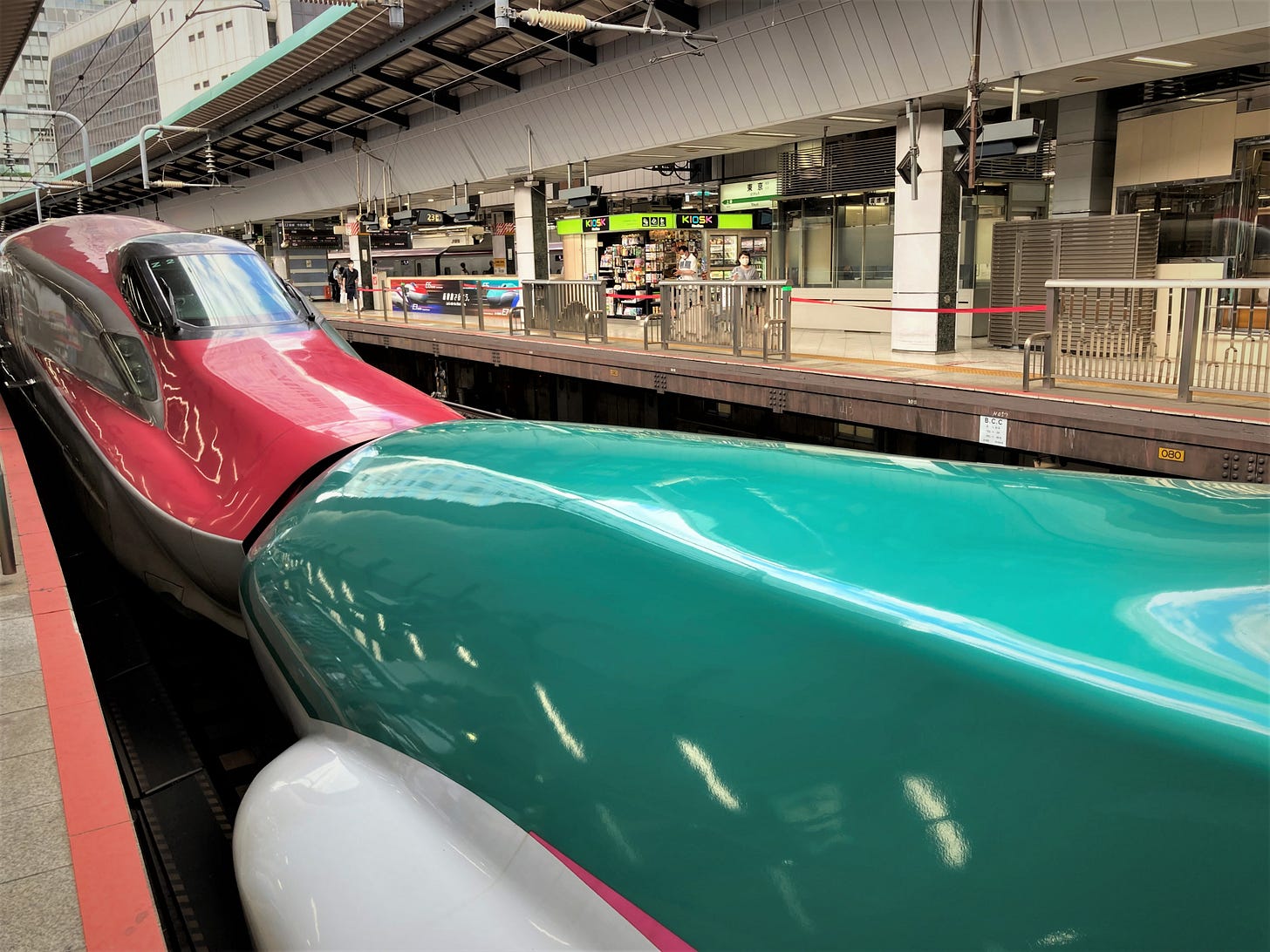JR East marked its 40 years of anniversary for Tohoku Shinkansen=Bullet Train operation between Omiya and Morioka on the 23rd of June. But, for JR East, year of 2022 is very special and important year since it marks several milestones of Shinkansen operating in east part of Japan. Opening new routes for Shinkansen is very fatal for the history of the transportation system in Japan. Of course, it is so political, but completion of the routes is very important from the point of the local economy. I am not going to write about the history of Shinkansen this time, but I will focus on how to make the best of Shinkansen when you travel in east part of Japan.
Let’s start with a quick quiz for the Shinkansen. Can you name how many prefectures which don’t have a Shinkansen station in the east part of Japan? The answer is ONE prefecture Ibaraki prefecture, which is located in the north east of Tokyo. This fact symbolizes that Shinkansen network in east Japan is nearly complete except in Hokkaido. They will complete when they finish from Hakodate to Sapporo, which is expected as early as 2030. When it is finished, Tokyo and Sapporo will be connected in 4 and half hours by train. So literary it’s not going to be impossible to make a day trip from Tokyo to Sapporo by Shinkansen.
Coming back to the importance of the year 2022 for JR East, milestones for Shinkansen are as follows:
23rd of June: 40 Years (Omiya-Morioka)
15th of November: 40 Years (Omiya-Niigata)
1st of July: 30 Years (Fukushima-Yamagata)
22nd of March: 25 Years (Morioka-Akita)
1st of October: 25 Years (Takasaki-Nagano)
1st of December: 20 Years (Morioka-Hachinohe)
I don’t think the company intended to collide with these years to make anniversary at the same time, but this year is a very memorable one for the JR East Shinkansen.
The Shinkansen is very fast and useful when it comes to traveling by land. But you have to pay a lot for a ticket, especially for last minute decision. Same as railway services in Europe, advanced tickets are cheaper. But there is a “must buy ticket” if you are visiting from overseas under some condition. The name of the ticket is called “Japan Rail Pass” and there are several points you should know and decide depending on your type and duration of your travel and of course where you are going to visit. Please refer to the following link to get a basic idea. It is a bit complicated, so I make it short to understand quickly.
Where to buy
The best way with the cheapest price is of Exchange Order at an overseas JR-designated sales office or agency before you leave your country. But don’t be upset even if you miss the chance to arrange the ticket beforehand. Please don’t forget to go through the manned counter at the immigration and get a “Temporary Visitor” stamp or sticker to prove that you are staying for the sightseeing. Please be careful that you don’t get the proof if you go through automated gates. And even if you arrange the ticket before you leave and pick it up in Japan, you need this proof except for showing “Trusted Traveler Program”.
What to choose
There are variety of choices to buy depending on duration of a ticket and limited to 2nd class or inclusive of 1st class. Japanese railways companies are using a term “Green Car” for a 1st class car with four-leaf clover mark on the carriage. If you are not too tight on your budget, I strongly recommend “Green Car” since it will give you more space and comfortability, and even better chance of booking a seat.
What to watch out
If you explore west part of Japan and using this pass, please be aware that “Nozomi” and “Mizuho” are excluded from using this pass. So supposedly traveling from Tokyo to Osaka, you have to choose either Hikari or Kodama which is slower than Nozomi. So if you are traveling to Hakata (Fukuoka) from Tokyo you have to change Shinkansen either at Shin-Osaka or Okayama since there is no direct Hikari from Tokyo to Hakata.
There are reserved and non-reserved seat for all Shinkansen. Some of you may think that you don’t know who will be sitting next to you if you choose reserved seat. That is true, I personally try to use non-reserved seat so that I can choose a less crowded area of the carriage. If I am lucky nobody sits next to me. It is not very nice, but I sometimes I book a seat and if I don’t like the seat, I will change to the non-reserved carriage.
There is lots more explanation about this pass and please refer to the site for the details. There are several restrictions which you shouldn’t miss, but this pass will cover most of railways in Japan and it is a great bonus if you are fixing from overseas. I really envy you since Japanese residents can’t buy this special pass. And this pass holders are the strongest to make best use of Shinkansen.
Finally, when you make a planning of your trip to Japan, please avoid the busiest time of the year such as the middle of August and New Year time. You can hardly book reserved seats and you’ll end up with seeing just crowds and crowds.
There is an odd story which symbolizes the speed of the Shinkansen. Supposedly traveling from Niigata to Sendai direct distance is only 165km but to make this trip with direct connection by local trains, it will take more than 6 hours depending on the connection. But if you use Shinkansen changing at Omiya, it will take three and a half hours even though the traveling distance is 650km. It is going to cost lots of money to do that, but Japan Rail Pass will solve all the financial headaches and you don’t have to worry about the expenses and you can focus on what to see and save enormous time while you are traveling.
For those who are frustrated and irritating to visit to Japan before the gate is open, it is time to do more research. Good luck to find the best solution for your hand made Shinkansen journey.







